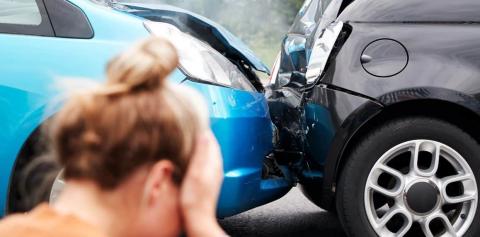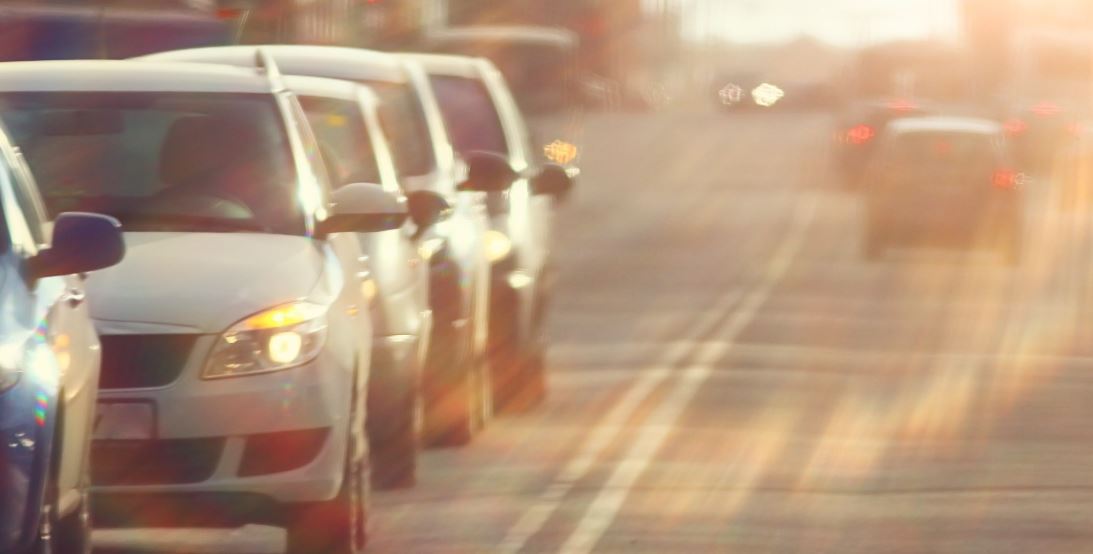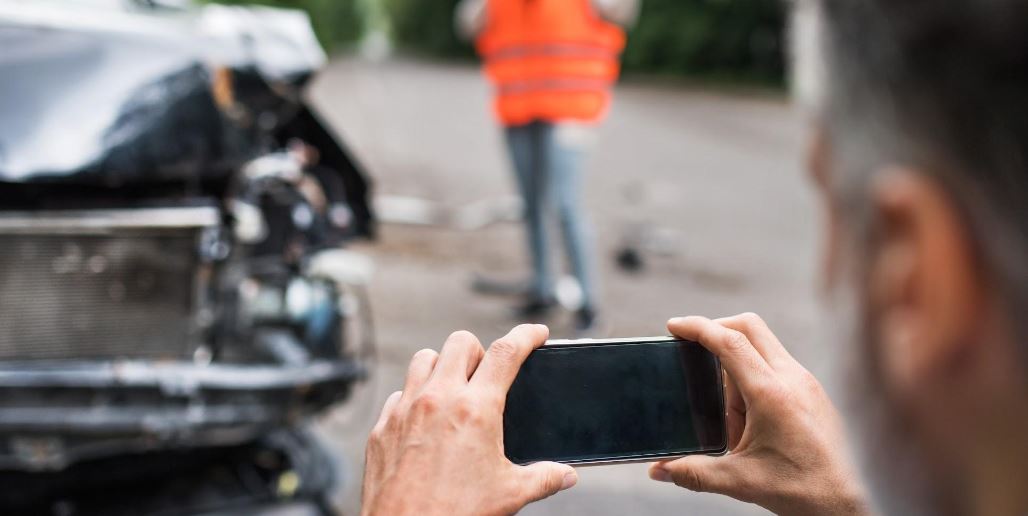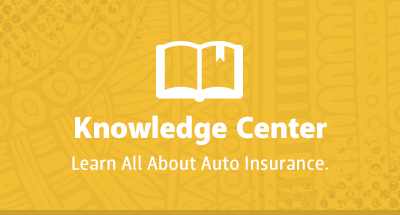Most Common Car Accidents

Everytime a driver hits the open road they run the possibility of being involved in an auto accident. After all, auto collisions happen every day. According to the Association for Safe International Road Travel, there are six million car accidents in the U.S. every year. That’s roughly 16,438 per day. The only way we can all avoid being in a car collision is to practice safe driving every time we’re behind the wheel.
There are many types of car accidents that occur on our roadways. Learning more about each type of accident can help you reduce your risk of being in one of them. Even though there is no guarantee that you will not be involved in a collision; we have looked at some of the most common types of car crashes and offer some preventative tips.
Common Car Accidents

Car accidents are not just a problem on high-speed roads or busy streets. In reality, anyone who gets behind the wheel of a running vehicle runs the risk of getting into an accident. The U.S. National Institute of Health reports that most accidents happen within 25 miles of a person’s home.
Listed below are the most common types of car accidents:
- Head-on car crashes: The deadliest type of auto accident results from head-on collisions. Statistics reveal these incidents account for 2 percent of all car accidents and 10 percent of all driving fatalities. A head-on collision occurs when two cars traveling in opposite directions crash into each other. This is among the most dangerous and deadly because the force of impact is doubled due to the increased speed of each vehicle. For example, a car traveling at just 25 MPH will result in tremendous impact that can equal to hitting a wall at 50 MPH. The best way to avoid and protect yourself from being involved in one of these situations is to follow all the rules of the road as diligently as you can.
- Rear-end accidents: The National Highway Traffic Safety Administration reports that Rear-end collisions account for almost half of all two-vehicle crashes. These accidents often occur when one vehicle collides into the back of another. These car crashes are the result of one driver taking their eyes off the road. A few seconds of inattentive driving can result in rear-ending the driver in front of you. The best way to avoid this is to maintain vigilant eye contact with the road while you’re behind the wheel.
- Single-vehicle crashes: These accidents include; running off the road, hitting a stationary object, or slipping on ice. Single-vehicle crashes can be avoided if a driver takes the necessary safety precautions while driving. You can avoid single-vehicle crashes by making sure to drive extra cautiously especially during inclement weather, and by avoiding reckless and distracted driving.
- Side-impact crashes: A side-impact collision occurs when one car hits the side of another car. This type of accident is commonly referred to as a “T-bone” or “broadside collision” and is often caused by merging into another vehicle’s lane, speeding through a red light, or by T-boning another car at an intersection. The best way to avoid any involvement in this type of car accident is to always look both ways for oncoming cars before merging into another lane of traffic.
- Animal Collisions: Every year thousands of animals collide with or fly into vehicles. Data from the Federal Highway Administration shows that U.S drivers, on average, have an 86 percent chance of colliding with an animal. Thankfully, almost all animal-vehicle collisions result in no human injury. Although animal crossing signs remind drivers to proceed with caution in heavily animal-populated areas, these are not the only areas where drivers can encounter an animal. Drivers could see animals popping up on or near the roadways as well as in neighborhoods. The best way to prevent colliding with an animal is to remain vigilant to your surroundings whenever you are behind the wheel.
Whether you are an experienced driver or one who is recently learning to drive, it is imperative to be well prepared when it comes to motor vehicle safety. By understanding the various risks and ways to prevent car collisions you can feel good that you are being a responsible driver.
What to Do After a Car Accident

Being involved in an auto accident and dealing with such a traumatic event is stressful, yet it is important to stay calm and collected. Use the tips below to prepare yourself to handle the aftermath of a car accident.
- Check for injuries: Immediately after a car accident determine whether anyone is injured, this includes yourself. If so, call 911 to get authorities and medical services on the scene. Even if the accident was minor and everyone is cooperative, consider contacting your local law enforcement office. This will ensure you have an official police report to provide to your auto insurance company if you need to file a claim.
- Move to a safer area: If the auto accident is minor and all vehicles involved are still operational, move them to the shoulder or off the main road and turn on the hazard lights. Make sure to pull completely off the road to avoid being hit by any passing vehicles. If you have cones, warning triangles, or flares, set them up to warn other drivers.
- Collect information: Make sure to gather information from the scene of the accident. If it's safe to do so we suggest taking photos of all the vehicles involved. Do not sign any documents unless it's for a police officer or your insurance agent. Finally, gather information from others involved in the collision.
- Drivers and passengers name and contact information.
- Vehicle description (year, make, model).
- Driver’s license number and licence plate number.
- Insurance companies along with corresponding policy numbers.
- Information from any eyewitnesses.
- Location of the accident.
- Information such as name and badge number from any police officer at the scene.
- File an insurance claim: You can start the claim process immediately at the scene of the accident and add any further details when things settle down. Your insurance agent will explain the steps to file your claim and what to expect during the investigation. Then your insurance carrier will be responsible to communicate with the other driver’s insurance company to investigate the and notify you with any updates. If you are an A Abana customer you can file a claim by calling 630-645-7755.
Having The Right Coverage
Dealing with the aftermath of a car accident can be emotionally and mentally draining. Make sure you have the right coverage for every situation you might encounter. We may not be able to prevent an auto accident from happening, but we will be here every step of the way to ensure peace of mind and get you back on the road safely and as soon as possible. With the right auto insurance coverage you can rest assured that you will be covered no matter the situation you find yourself in. Find out more about our comprehensive insurance plans by visiting our website or calling our licensed agents at 888-449-0174.






